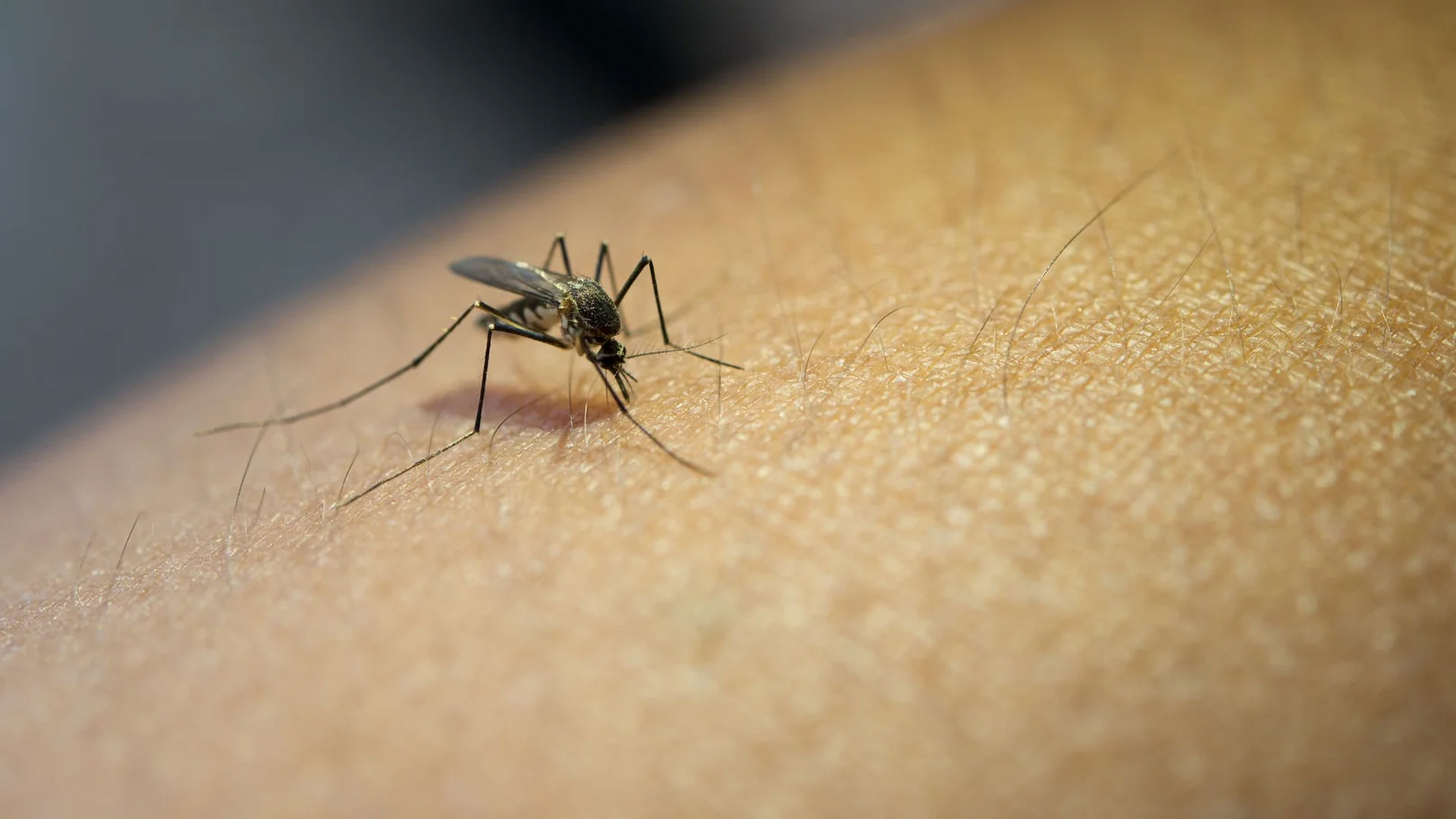
Blepharitis is a disease characterized by inflammation of the edges of the eyelids. Meibomian glands are glands located on the inside of the eyelids that secrete oil. Blepharitis can have many different causes, but blockage of the Meibomian glands is one of the most common reasons for blepharitis. The frequency of blepharitis may vary depending on geographical region, age, and other factors. In general, blepharitis is quite common and affects many people worldwide. However, it can be difficult to provide an exact frequency of occurrence because many people may experience mild symptoms and may not seek medical help.
- Redness or irritation along the eyelid margins
- Flaking or crusting along the eyelid margins
- Swelling or tenderness along the eyelid margins
- Itching or burning sensation in the eyes
- White or yellowish crusting at the base of the eyelashes
- Oily, thick discharge buildup along the eyelid margins
- Loss of eyelashes
- Bacterial infections: Bacteria such as Staphylococcus aureus can cause infections along the eyelid margins.
- Clogging of oil glands: Oil glands located along the eyelids can become clogged, leading to blepharitis.
- Demodex mite infestation: Demodex mites present on the eyelids can cause blepharitis in some individuals.
- Skin conditions: Skin conditions like rosacea can contribute to the development of blepharitis.
- Tear problems: Dry eyes or irregular functioning of the tear glands can predispose to blepharitis.
- Allergies: Exposure to allergens that irritate the eyes can contribute to the development of blepharitis.
- Hormonal changes: Hormonal changes can lead to blepharitis in some individuals.
- Age: Blepharitis can occur at any age, but older age increases the risk of blepharitis.
- Gender: Blepharitis can affect both males and females equally, but it may be more common in females in some cases.
- Eyelash hygiene: Inadequate cleaning or poor hygiene of the eyelashes can increase the risk of blepharitis.
- Contact lens use: Contact lens wearers may have an increased risk of blepharitis if they fail to adhere to proper lens cleaning or hygiene.
- Eyelid anatomy: The anatomical structure of the eyelids in some individuals may predispose to the development of blepharitis.
- Skin conditions: Skin conditions such as rosacea or seborrheic dermatitis can increase the risk of blepharitis.
The diagnosis of blepharitis is primarily based on the patient's history, including when the symptoms began, their severity, and their relationship to other complaints. During an eye examination, the eyelids and eyelashes are visually examined, and a biomicroscope is used to examine the eyes. Samples of secretions from the oil glands along the eyelids can be taken and examined under a microscope, which can help determine the type of blepharitis. Tear tests may be performed to measure the oil secretion from the eyelids. In some cases, skin tests or other medical tests may be requested to determine if there is an underlying condition causing blepharitis.
Chronic and severe blepharitis can lead to the formation of scar tissue along the eyelid margins. This can result in changes in the shape of the eyelid and even improper growth of the eyelashes. Clogging of the oil glands in the eyelids can lead to the formation of cystic swellings known as chalazions. Chronic blepharitis increases the risk of chalazions. Bacteria spreading from the eyelash roots to the cornea can cause inflammation of the eye surface, known as keratitis. Chronic blepharitis can lead to drying of the cornea and the formation of scar tissue on the cornea. Additionally, chronic blepharitis can result in inflammation and scarring along the eyelid margins. In this case, the eyelid may evert outward (ectropion) or inward (entropion) from its normal position.
Treatment options for blepharitis include eyelid hygiene, warm compress applications, eyelid massage, eye drops or ointments, oral antibiotics, consumption of omega-3-rich foods to regulate oil secretion, tea tree oil-containing eye shampoos for demodex mites, and artificial tear drops.
Regular hygiene of the eyelids is important to prevent or treat eye health problems such as blepharitis. It is important to gently clean the eyelids every day. This can be done by mixing baby shampoo with warm water or using specially formulated eyelid cleansers to clean the eyelids with a cotton swab or a soft cloth. After cleaning, a gentle massage with circular movements can be performed on the eyelids with fingers. Warm compress application can help open clogged oil glands in the eyelids. This can be done by soaking a cotton pad in warm water and applying it to the eyelids. Applying warm compresses for 5-10 minutes can reduce inflammation and irritation. Cleaning eye makeup is important to maintain the health of the eyelids. Removing makeup every day and cleaning the eyelids can prevent clogging of the eyelash roots.
Eye drops or ointments containing antibiotics or corticosteroids are prescribed to relieve inflammation and symptoms of blepharitis. Antibiotics can help treat bacterial infections, while corticosteroids reduce inflammation. In cases of blepharitis associated with dry eyes, artificial tears or eye drops can be used to moisturize and relieve discomfort. Oral or topical anti-inflammatory medications can be used to control inflammation associated with blepharitis. In some cases, oral antibiotics may be prescribed to treat bacterial causes of blepharitis.
Amescua G, Akpek EK, Farid M, Garcia-Ferrer FJ, Lin A, Rhee MK, Varu DM, Musch DC, Dunn SP, Mah FS. (2019). American Academy of Ophthalmology Preferred Practice Pattern C, External Disease P. Blepharitis Preferred Practice Pattern(R). Ophthalmology 126:P56-P93.
Bernardes TF, Bonfioli AA. (2010). Blepharitis. Semin Ophthalmol 25:79-83.
Khanal S, Tomlinson A, Diaper CJ. (2009). Tear physiology of aqueous deficiency and evaporative dry eye. Optom Vis Sci 86:1235-1240.
Kheirkhah A, Blanco G, Casas V, Tseng SC. (2007). Fluorescein dye improves microscopic evaluation and counting of demodex in blepharitis with cylindrical dandruff. Cornea 26:697-700.
Li W, Sun X, Wang Z, Zhang Y. (2018). A survey of contact lens-related complications in a tertiary hospital in China. Cont Lens Anterior Eye 41:201-204.
McCulley JP, Dougherty JM. (1985). Blepharitis associated with acne rosacea and seborrheic dermatitis. Int Ophthalmol Clin 25:159-172.
Pflugfelder SC, Karpecki PM, Perez VL. (2014). Treatment of blepharitis: recent clinical trials. Ocul Surf 12:273-284.
Sabeti S, Kheirkhah A, Yin J, Dana R. (2020). Management of meibomian gland dysfunction: a review. Surv Ophthalmol 65:205-217.
Schaumberg DA, Nichols JJ, Papas EB, Tong L, Uchino M, Nichols KK. (2011). The international workshop on meibomian gland dysfunction: report of the subcommittee on the epidemiology of, and associated risk factors for. Invest Ophthalmol Vis Sci 52:1994-2005.
Scheinfeld N, Berk T. (2010). A review of the diagnosis and treatment of rosacea. Postgrad Med 122:139-143.
Shah PP, Stein RL, Perry HD. (2022). Update on the Management of Demodex Blepharitis. Cornea 41:934-939.
Tavassoli S, Wong N, Chan E. (2021). Ocular manifestations of rosacea: A clinical review. Clin Exp Ophthalmol 49:104-117.















